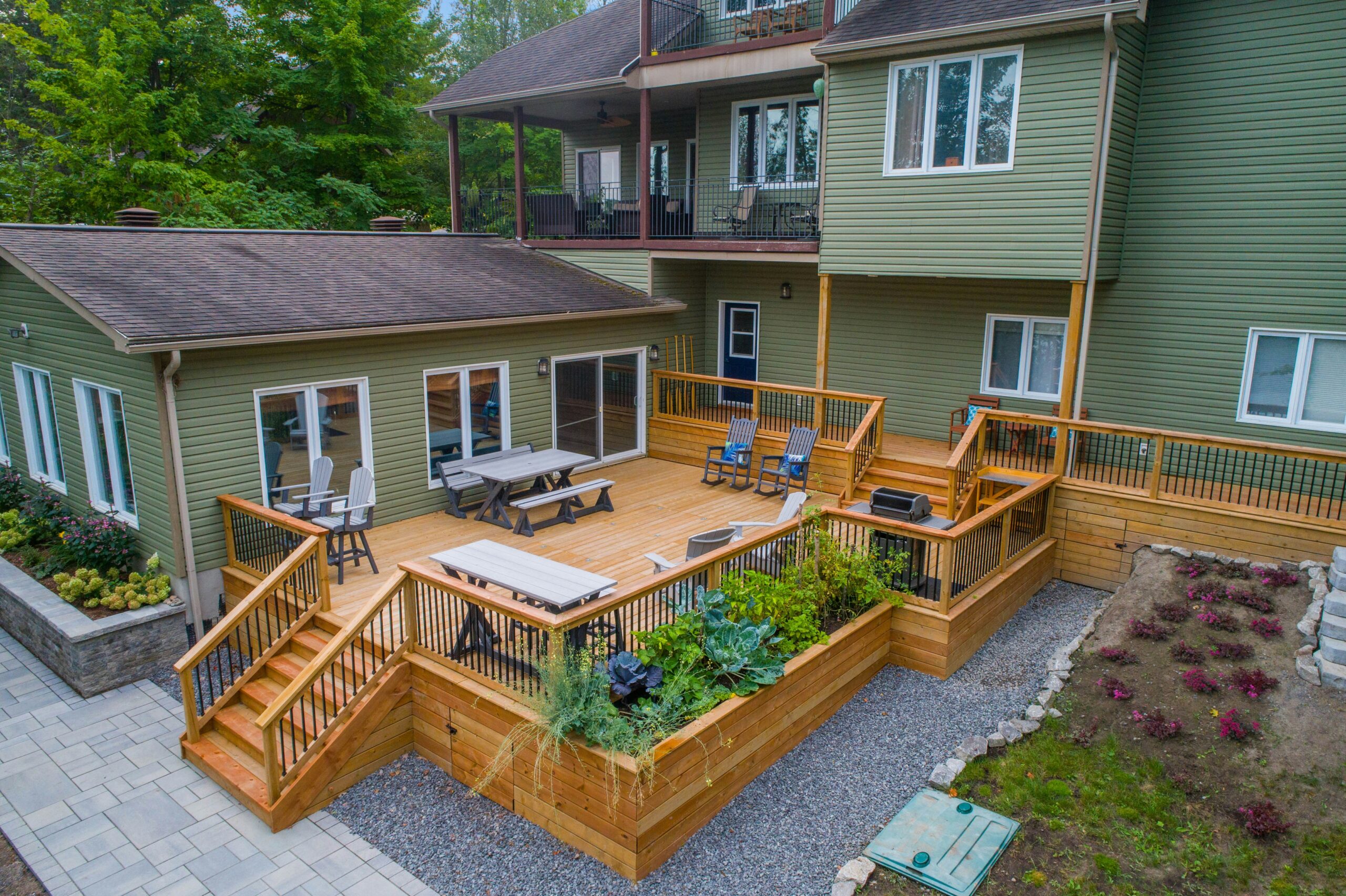Decks are more than just outdoor features — they’re extensions of your living space, a place for family, friends, and quiet moments in nature. But not all decks are created equal. The right materials, design, and maintenance approach make a huge difference in longevity, appearance, and enjoyment. Here’s a guide to help you make smart decisions when planning your next Decking project.
1. Know Your Material Options
Timber (Natural Wood)
Wood remains a classic choice. It’s warm, natural, and can be stained or painted to suit your style. Popular timber options include treated pine, hardwoods like spotted gum or merbau, and species like blackbutt or silvertop ash. These materials suit many climates but require regular maintenance to prevent warping, rot, and splintering.
Composite Decking (Engineered Materials)
Composite decking blends wood fibers with recycled plastic or resin. Because it is manufactured, it tends to resist moisture, insects, and fading more than natural wood. Composite boards don’t splinter and require far less upkeep — just occasional cleaning. While the upfront cost is often higher than timber, many homeowners see savings over time in maintenance and longevity.
Consider the Sub-Structure and Accessories
Your decking is only as good as its foundation. Posts, beams, joists, fasteners, brackets, and sometimes metal subfloor systems are all essential to a durable, sound deck. These elements must be compatible with your decking material — for example, composites may require different fasteners than timber and sometimes need corrosion-resistant hardware.
2. Match Material to Your Climate and Conditions
Not every decking option suits every environment. If your area is humid or rainy, moisture resistance is key. Salt air near the coast demands extra corrosion resistance. In bushfire-prone zones, some decking products are rated to meet fire safety standards. Thinking through these conditions ahead of time helps you avoid surprises down the line.
3. Understand Costs vs. Long-Term Value
Upfront costs vary dramatically. Timber is often cheaper initially, but regular sealing, staining, and possible board replacement add up. Composite decking tends to cost more at installation, but lower maintenance needs and longer warranties can offset that. When weighing choices, estimate not just the price today, but the cost over 10 or 20 years.
4. Design, Layout & Drainage
Deck design matters both aesthetically and functionally.
- Board direction & pattern – Running boards diagonally, in herringbone, or with borders can elevate the visual appeal.
- Spacing & ventilation – Proper spacing between boards encourages drainage and airflow, critical to prevent water damage and mold.
- Slope & runoff – Even a slight slope away from the house helps water drain off. Consider gutters, drainage channels, and how rain flows underneath the deck.
- Transitions & connections – Steps, railings, lighting, or transitions to pathways should blend seamlessly in form and function.
5. Maintenance: What Are You Signing Up For?
Timber
Expect regular tasks like:
- Cleaning and removing debris
- Re-sealing or staining every few years
- Inspecting for rot, termites, or loose boards
Composite
Much lower effort:
- Periodic washing (hose or mild detergent)
- Occasional scrubbing to remove stains or debris
- Minimal to no refinishing
However, composite doesn’t mean “no maintenance.” Even composites can get mold, surface stains, or fading over time, depending on exposure.
6. Warranties & Lifespan
Check what warranty each product offers. Many composite decking manufacturers guarantee performance for 20–25 years or more, covering issues like structural failure or significant warping. Timber warranties tend to be shorter and more conditional. Always review how warranty terms apply for your specific climate and installation.
7. Sustainability & Environmental Impact
Environmentally conscious homeowners should consider:
- Source of wood – Look for certified sustainable timber (e.g. FSC or PEFC).
- Recycled content – Some composite boards use post-consumer plastics or reclaimed wood fibers.
- End-of-life – Timber can be reused or burned; composites may be recyclable or harder to dispose of.
Conclusion
Choosing the right decking material and design is a balance between aesthetic goals, maintenance willingness, climate conditions, and budget. Whether you go for the natural charm of timber or the low-maintenance convenience of composites, a well-designed, properly installed deck can add years of enjoyment and value to your home.

